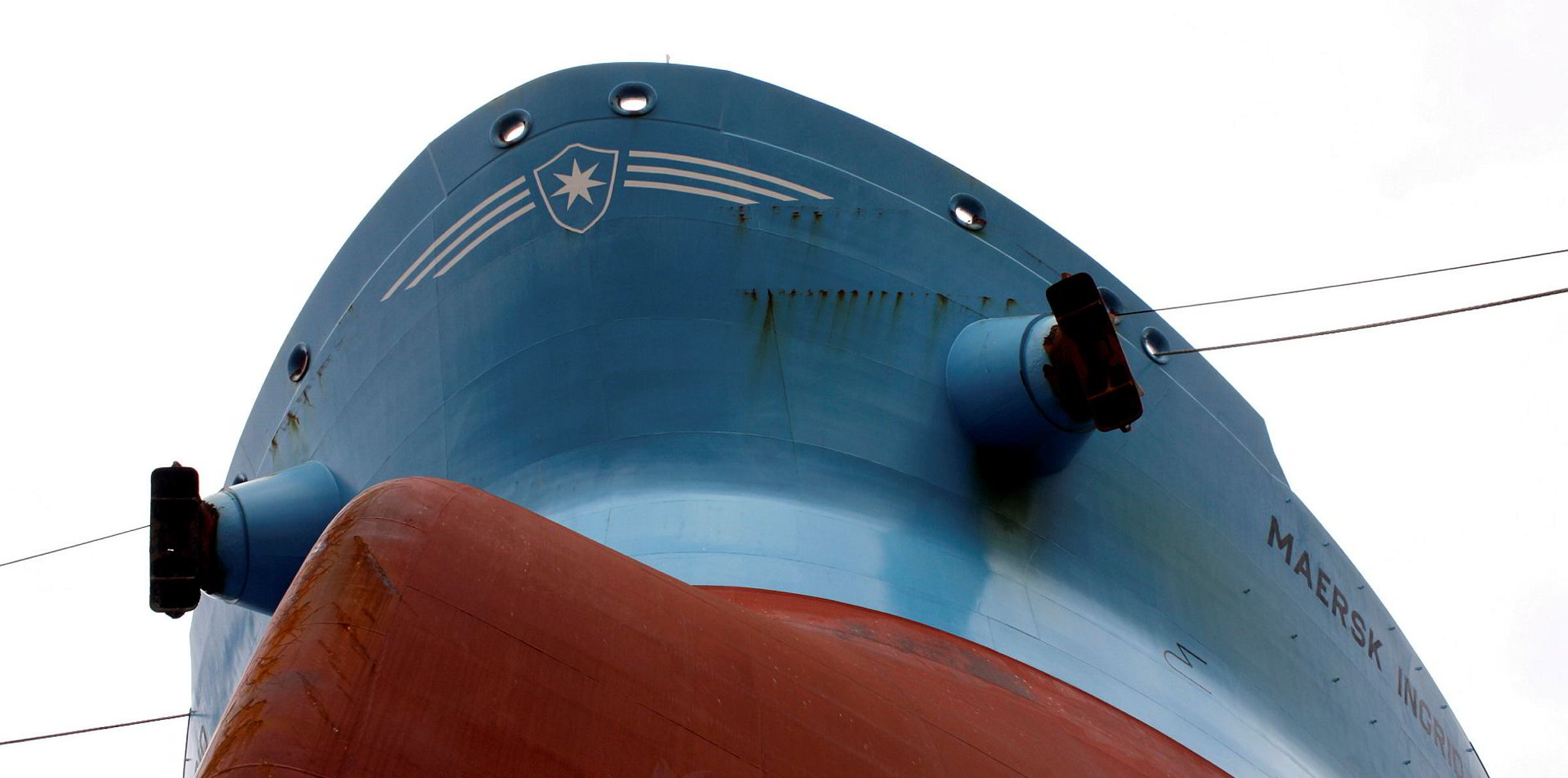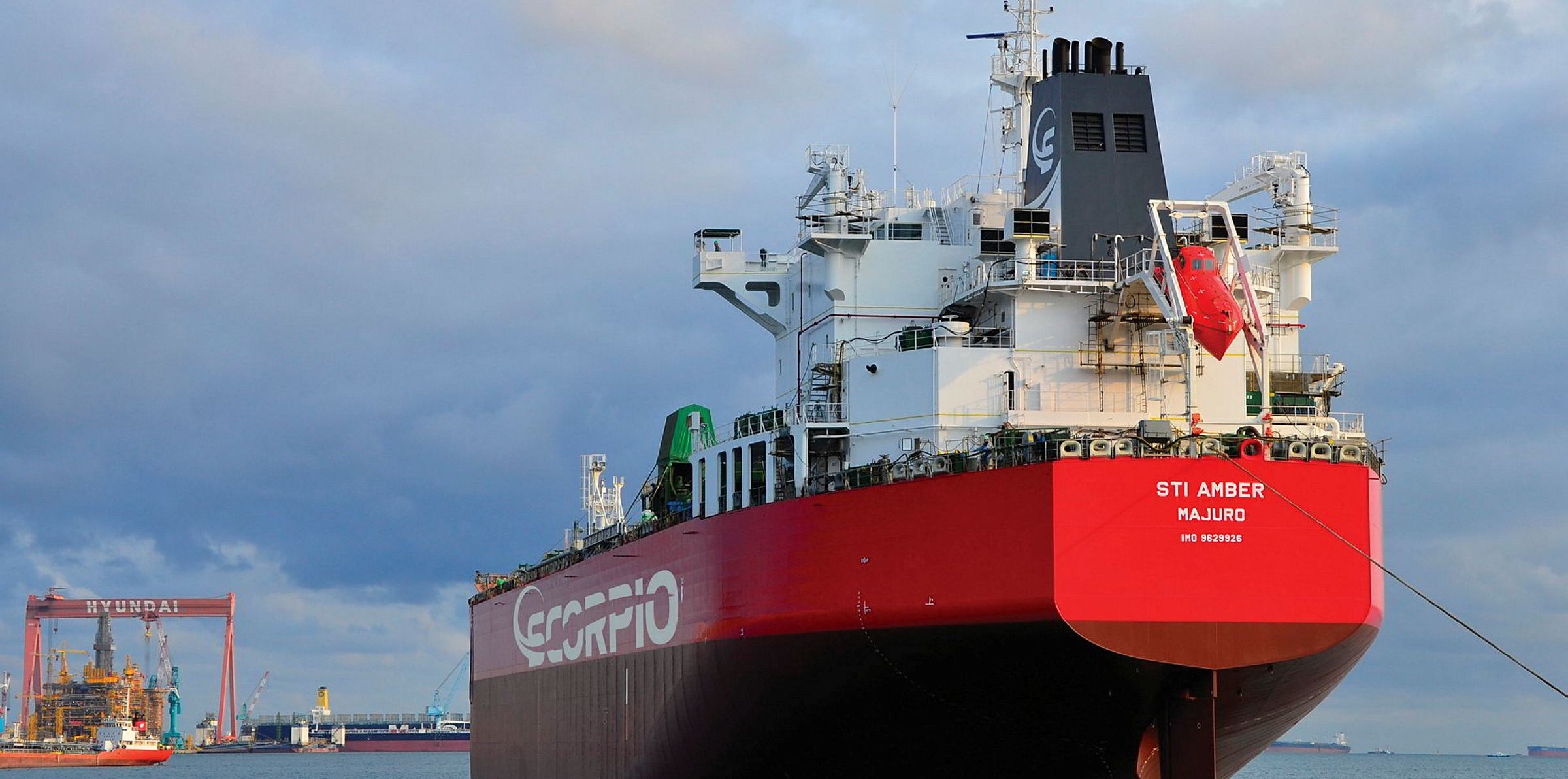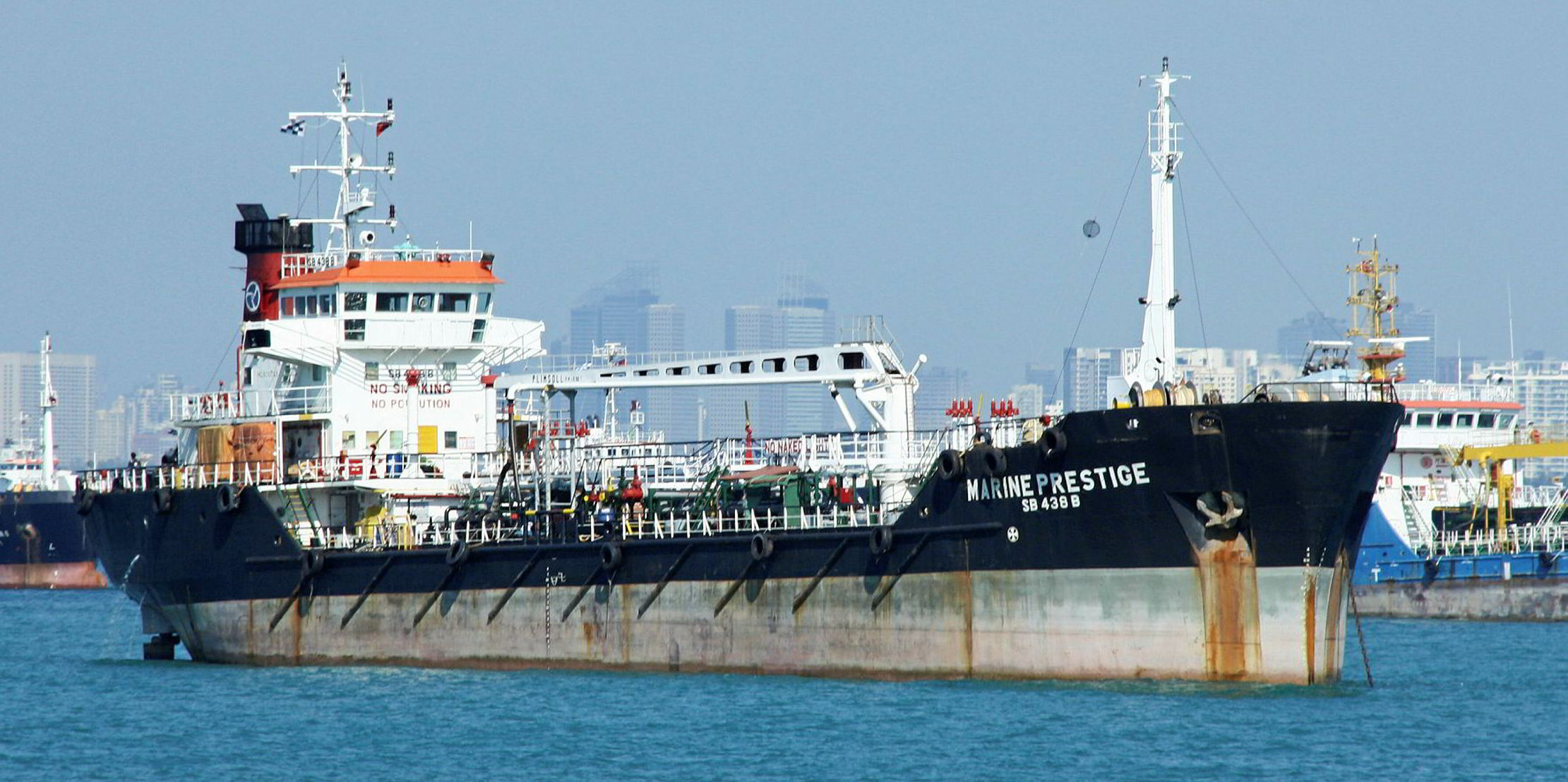The volume of crude and petroleum products stored at sea is increasing rapidly due to a historic oil supply overhang. The trend is supporting vessel earnings across the tanker spectrum, according to oil and shipping players.
Data from Kpler showed floating storage of crude and condensate reached 150m barrels as of Monday, up 23.2m barrels over the past week.
Those were stored on a total of 174 vessels, including 73 VLCCs.
“On the back of the oversupplied oil market and the steep contango, crude held in floating storage is hitting new records,” Arctic Securities said.
“The substantial number of tanker vessels leaving the fleet for storage contracts should certainly bode well for the near- and medium-term tanker market outlook.”
The previous peak of floating storage was seen in 2009, when more than 100m barrels of crude were estimated to be stored at sea.
“Further increase in floating storage cannot be ruled out,” Drewry’s lead tanker analyst Rajesh Verma told TradeWinds. “In such a case, we expect freight rates in the crude to remain elevated in the second quarter.”
Despite that the Opec+ has agreed on a production cut of 9.7m barrels per day (bpd) in May and June, most analysts believe excess crude would amount to at least 10m bpd in the second quarter due to the coronavirus pandemic.
“If 10% to 15% of the crude shipping capacity is additionally available for floating storage, 220m to 330m barrels could be stored at sea,” the International Energy Agency said.
“We may see a significant increase in floating storage in the coming few months as oil surpluses mount.”
Oil products at sea
With refineries not able to reduce their output as fast as the demand collapse for the short run, the supply overhang of oil products is also growing.
While Indian and US refiners have been most aggressive in reducing crude runs, more refiners in Europe may need to be closed in the next month to re-balance the oil market, according to Braemar ACM’s global research head Henry Curra.
“Those refineries will be making that call right now. But it won’t happen overnight,” Curra said.
“Crude imports will have to be processed (or re-sold) and careful planning undertaken. The global product surplus will continue, therefore, to build for a month or more in our view.”
Kpler has revealed that floating storage of clean petroleum products has increased by 18.6m barrels so far in April. The figures take into account the cargoes deemed stored for at least seven days.
“Floating storage activity has not been limited to just VLCCs, with plenty of inquiry for both suezmaxes and aframaxes as well. On the product side, there has been demand across MRs, LR1s and LR2s,” brokerage Affinity (Shipping) said.
“On the product tanker side, jet fuel and gasoline, in particular, are being stored.”
Clarksons Platou Securities estimated average VLCC earnings at $162,400 per day, suezmax earnings at at $72,500 per day and aframaxes pulling in $39,300 per day as of Monday morning. The figures were all comfortably above breakeven levels.
On the product tanker side, the floating storage phenomenon has especially supported the LR2 segment, where average earnings are at all-time highs of $83,100 per day, the investment banking arm of broker Clarksons said.
“LR2s have seen a substantial increase in rates as charterers seek product carriers to store refined products,” according to Clarksons Platou.
“Across the tanker market, and particularly in products, conversations between shipowners and charterers for spot voyages include a discussion on storage options.”







